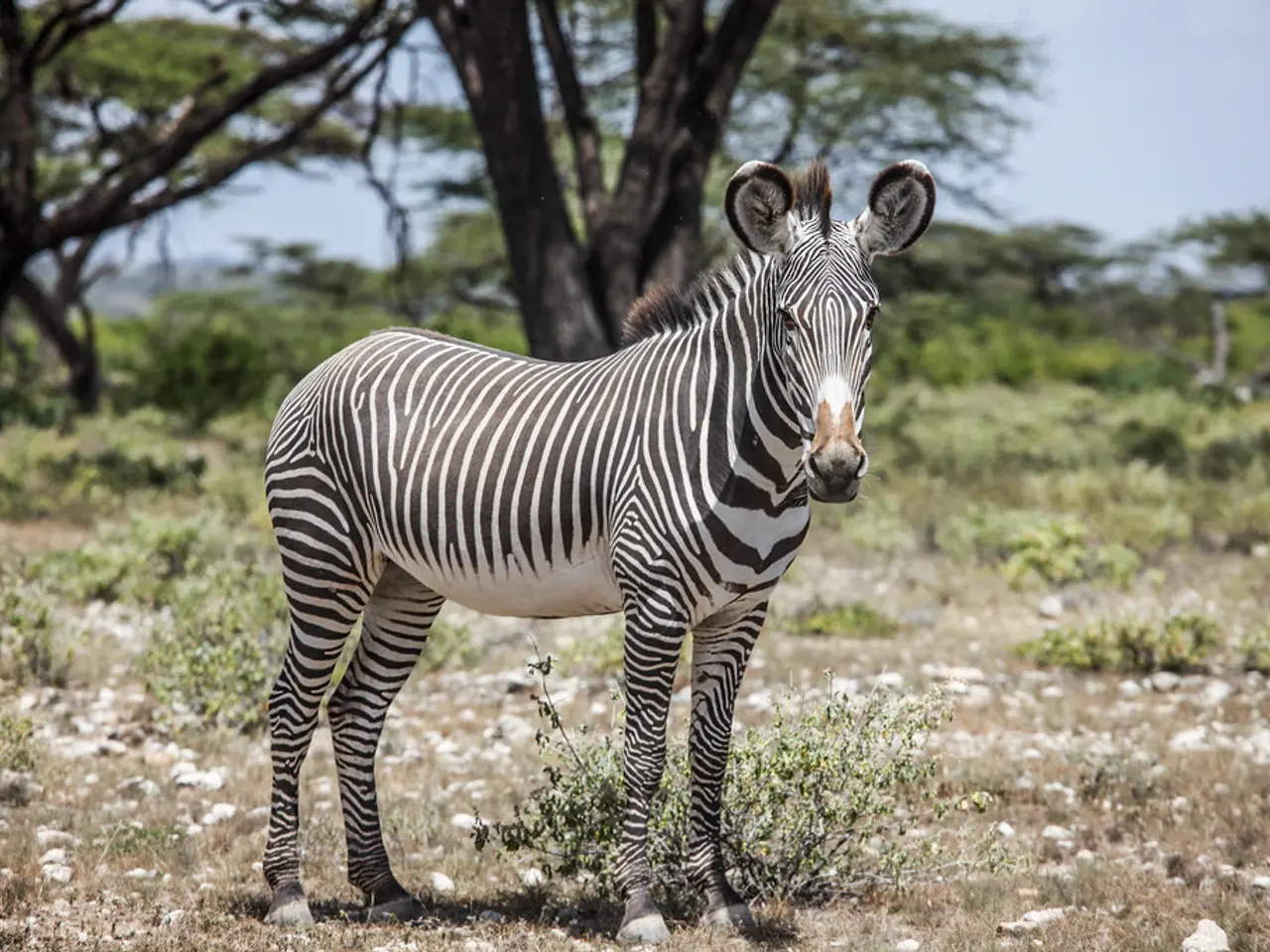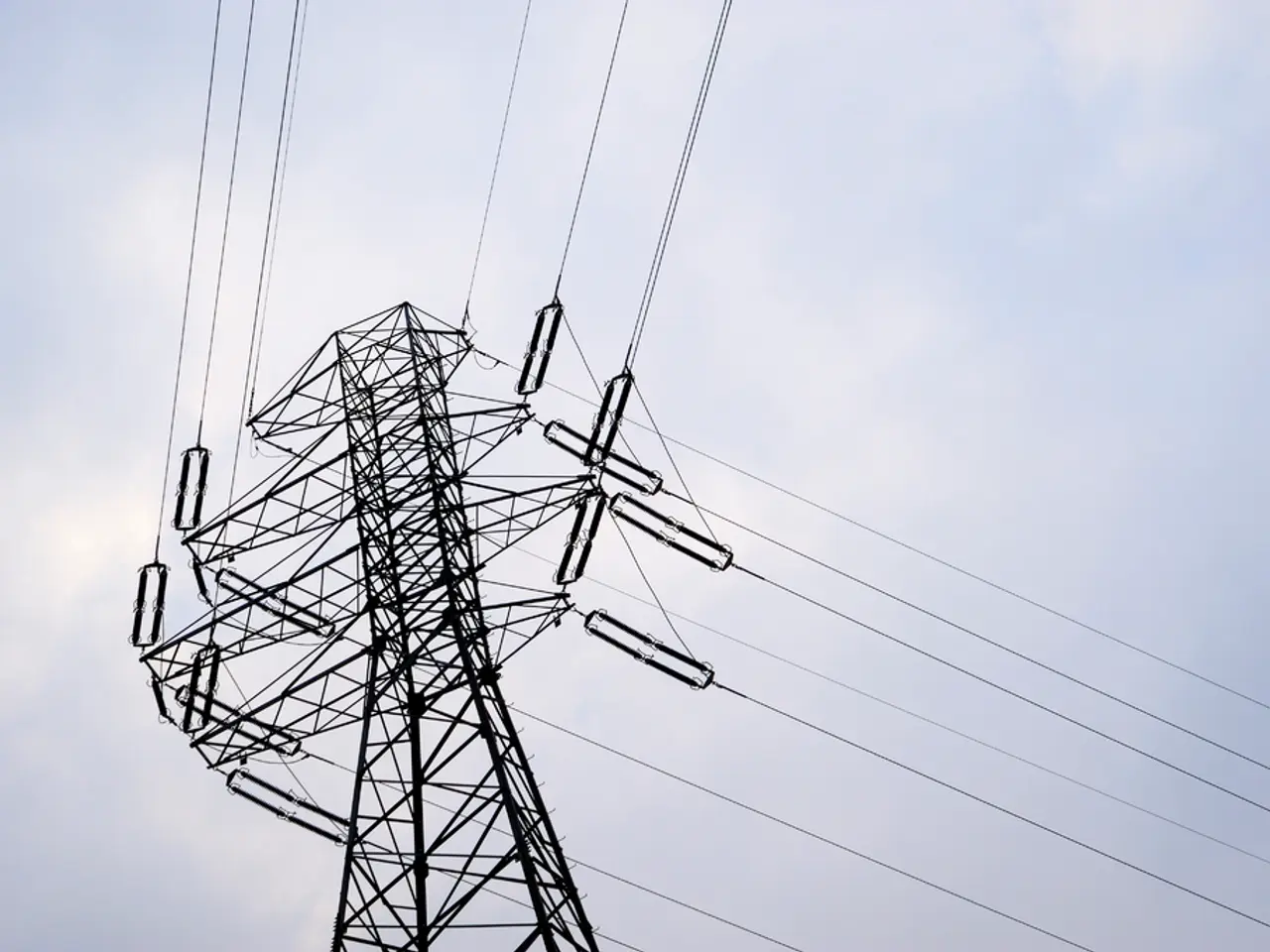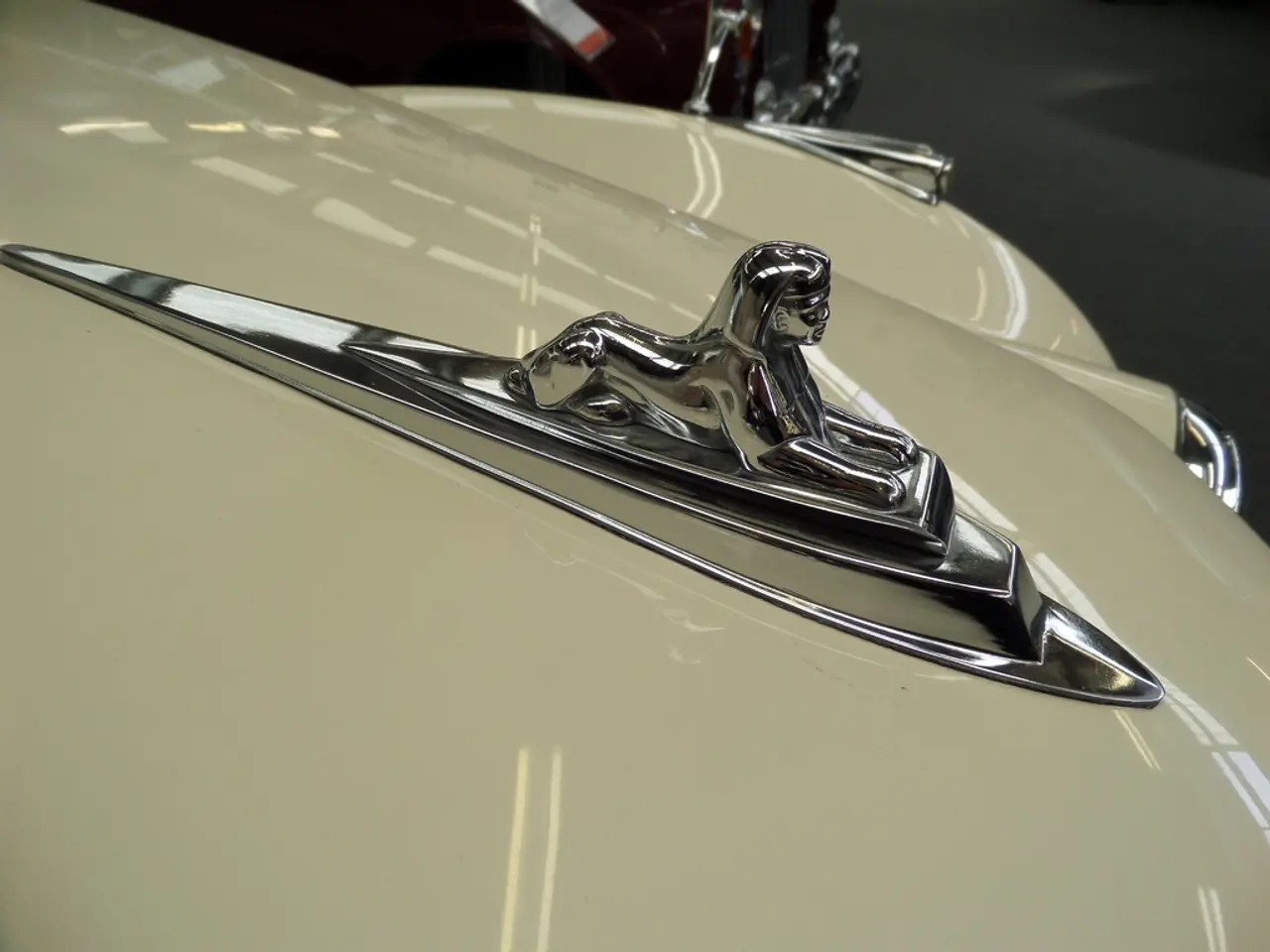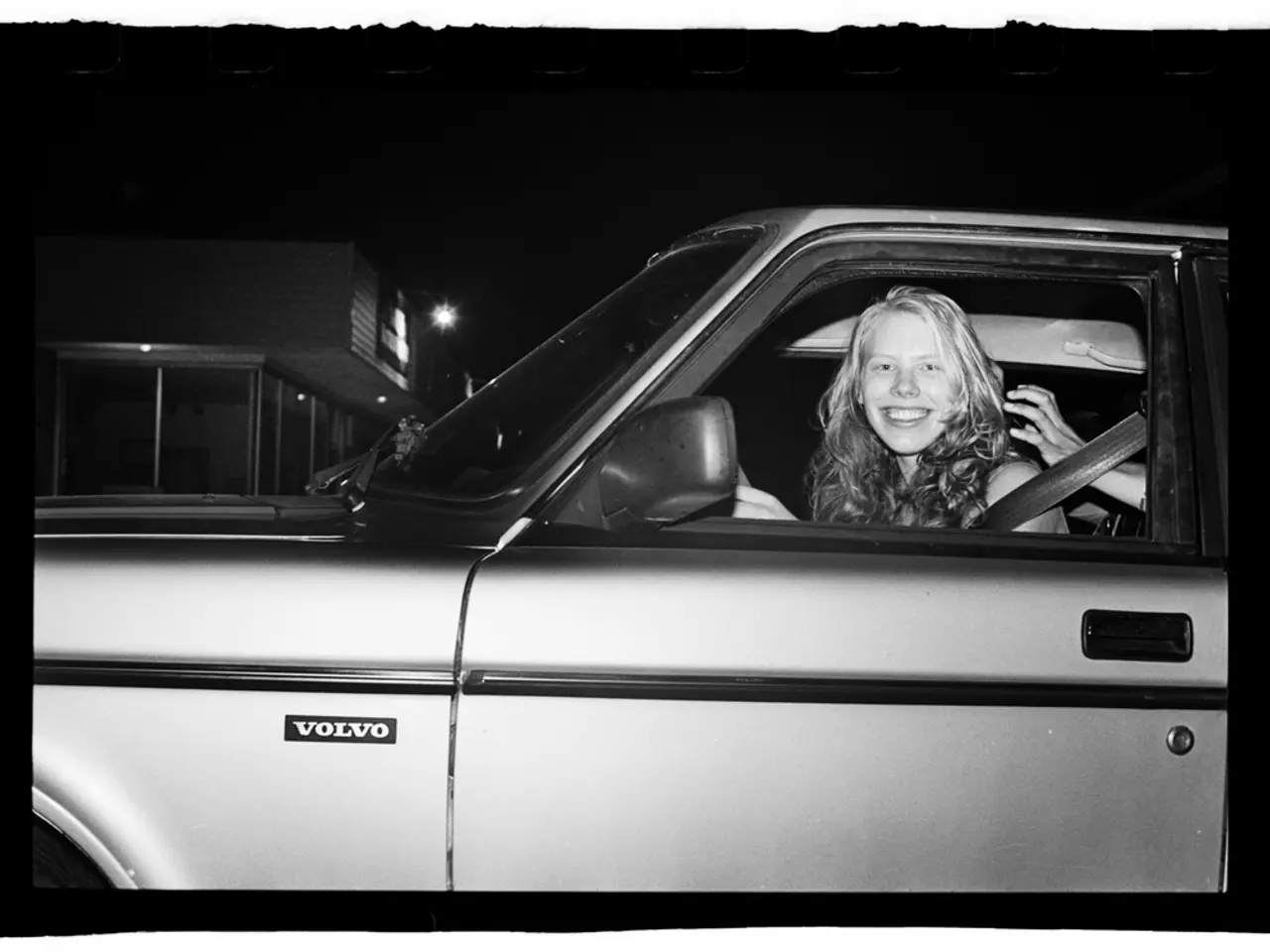"Resurrecting the Giant Moa in a Decade: De-extinction Firm Announces Revival of Avian Dinosaurs"
In a groundbreaking project, biotechnology company Colossal Biosciences has announced plans to genetically engineer the South Island giant moa, an avian dinosaur that went extinct around 600 years ago [1][2]. The company, backed by filmmaker Peter Jackson and the Māori Ngāi Tahu tribe, aims to bring back this extinct species within the next 5 to 10 years using DNA from preserved remains [2][5].
However, the project has sparked controversy, with many scientists expressing skepticism about the feasibility of true de-extinction. Zoology Professor Emeritus Philip Seddon argues that "any end result will not, cannot be a moa" because the extinct species' unique evolutionary adaptations cannot be replicated [4][5]. Genetic engineering can only produce an approximation or a "near relative" rather than the original moa [5].
On the cultural and ethical front, although the Ngāi Tahu tribe are involved, other Māori iwi and rūnanga (tribal councils) have expressed opposition to the project. There is concern around insufficient wider consultation across all Māori groups, especially those from the South Island where the moa originally lived [3]. Some iwi want moa DNA and bone samples to remain in New Zealand and resist genetic manipulation projects, fearing ecological disruption and loss of control over ancestral genetic material [3].
The controversy also raises ecological questions about habitat restoration and the impact of reintroducing a giant flightless bird into modern ecosystems that have changed since moa extinction [3]. If the genetically engineered moa hatchlings were to escape, they would not pose a danger to humans. Instead, they would live out their lives in a fenced-off nature reserve [7].
The South Island giant moa stood up to 12 feet (3.6 meters) tall and was the largest of nine known species of moa [6]. Researchers will use the genome of either an emu or a tinamou, the two closest living relatives of moas, as a template to make genetic changes [3]. The moa de-extinction project could inform the development of artificial eggs, which may help preserve endangered species [8].
The controversy reflects broader debates about de-extinction technology’s limits, cultural rights, and environmental responsibilities. The South Island giant moa is not the only extinct species under consideration for de-extinction. Projects to "resurrect" the woolly mammoth, the dodo, and the thylacine (a wolf-like creature also known as the Tasmanian tiger) are similarly shrouded in controversy [9].
Trevor Worthy, a vertebrate paleontologist, has criticised the idea of de-extinction, stating that it is unacceptable given the numerous taxa going extinct now [10]. Stuart Pimm, a professor of conservation ecology, has criticised the idea of creating an animal that is only like the extinct species in appearance, calling it "straight out of Frankenstein" [11].
Despite these criticisms, Ben Lamm, the company's co-founder and CEO, remains optimistic, stating that scientists will "return the moa back to the ecosystem" [1]. Colossal Biosciences claims that the moa de-extinction project will bring benefits for endangered birds [12]. However, the scientific, cultural, and ecological implications of the project continue to be debated.
References: [1] Colossal Biosciences. (2021). Retrieved from https://www.colossal.co/ [2] Jackson, P. (2021). Retrieved from https://www.stuff.co.nz/national/126376245/peter-jackson-backs-plan-to-bring-back-giant-moa [3] Seddon, P. (2021). Retrieved from https://www.stuff.co.nz/national/126387121/maori-concern-over-moa-cloning-project-ignores-ecological-issues [4] Shapiro, B. (2021). Retrieved from https://www.colossal.co/deextinction-clarification [5] Shapiro, B. (2021). Retrieved from https://www.colossal.co/deextinction-clarification [6] Worthy, T. (2021). Retrieved from https://www.abc.net.au/news/2021-04-20/giant-moa-cloning-project-de-extinction-debate/100081046 [7] Worthy, T. (2021). Retrieved from https://www.abc.net.au/news/2021-04-20/giant-moa-cloning-project-de-extinction-debate/100081046 [8] Worthy, T. (2021). Retrieved from https://www.abc.net.au/news/2021-04-20/giant-moa-cloning-project-de-extinction-debate/100081046 [9] Worthy, T. (2021). Retrieved from https://www.abc.net.au/news/2021-04-20/giant-moa-cloning-project-de-extinction-debate/100081046 [10] Worthy, T. (2021). Retrieved from https://www.abc.net.au/news/2021-04-20/giant-moa-cloning-project-de-extinction-debate/100081046 [11] Worthy, T. (2021). Retrieved from https://www.abc.net.au/news/2021-04-20/giant-moa-cloning-project-de-extinction-debate/100081046 [12] Worthy, T. (2021). Retrieved from https://www.colossal.co/deextinction-clarification
- The ensuing debate related to the Colossal Biosciences' moa de-extinction project has brought forth discussions about the applications of science and technology in medical-conditions, since successful de-extinction could potentially inform the preservation of endangered species.
- Meanwhile, in the arena of entertainment and culture, the moa project has sparked opposition from several Māori groups, raising questions about ethical considerations and the importance of preserving genetic material for future generations.




